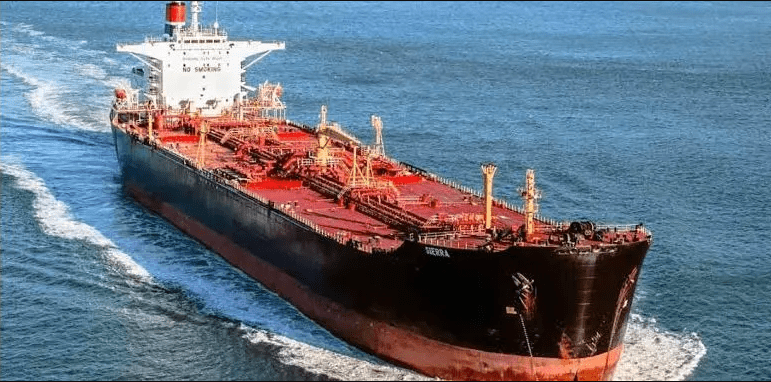Traders divert Russian oil products around Africa to avoid Red Sea – Sources, LSEG
Jan. 31, 2024
Traders were diverting cargoes with Russian oil products around Africa to avoid the Red Sea due to a heightened risk of attacks by Yemen’s Iran-aligned Houthi group, data from market sources and LSEG showed.
Last week, the fuel tanker Marlin Luanda, carrying Russian naphtha, was attacked in the Red Sea by Houthi rebels.
Since the full EU embargo on Russian oil products took effect in February 2023, traders have rerouted fuel oil, vacuum gasoil (VGO) and naphtha cargoes from Russian ports to Asia and the Middle East via the Red Sea and the Suez Canal as the shortest sea route.
According to LSEG shipping data, fuel oil and VGO loaded on two tankers Nissos Christiana and Alkinoos at the Russian Baltic ports, had turned around in the Mediterranean Sea and were skirting the coast of Africa on their way to India and Singapore.
Another vessel, Minerva Zoe – loaded with Russian fuel oil – was heading to Singapore but was rerouted and was now waiting near the Senegal port of Dakar.
Shipping companies sailing around the Cape of Good Hope to avoid Houthi attacks in the Red Sea face tough choices over where to refuel and restock, as well as rough conditions at sea, companies and analysts say.
A Malaysia-bound tanker from the Russian Black Sea port of Taman with vacuum gasoil is heading towards Gibraltar, shipping data showed.
Another cargo vessel, Sea Senor, loaded with naphtha at the Baltic port of Ust-Luga has already passed the Cape of Good Hope on its way to Singapore, according to the LSEG data.
Most oil product tankers loaded in Russia head to Asia through the Suez Canal. Some of them add new signage – “No link with Israel” or “No contact Isr” – to deter Houthi attacks, in addition to the usual “Armed guard on board” signs, LSEG data shows.
The Houthis, who control the most populous parts of Yemen, say their attacks on ships in and around the Red Sea are in solidarity with Palestinians in the Gaza war.
REUTERS







